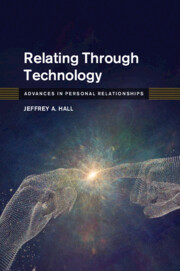We propose that an orientation toward relating to one's romantic partner via multiple sensory channels has beneficial effects for the relationship, especially for long-distance relationships. We used Wicklund's (2004) conceptualisation of full-dimensionality of relating and Brehm's (1999) emotional intensity theory to test the effects of a sensory multidimensional orientation and difficulty of maintaining the romantic relationship on feelings of love and commitment. In Study 1, we tested 55 participants involved in a long-distance romantic relationship and found that a multidimensional orientation fended off the detrimental effects of difficulty of maintaining the relationship: when partners experienced high difficulty, those with a high orientation experienced more positive affect, love, and commitment than those with a low orientation. In Study 2, data from 31 long-distance and 23 geographically-close participants indicated that a high multidimensionality orientation had a greater positive impact in long-distance relationships than in geographically-close relationships. In Study 3, 40 long-distance participants were asked to write about two times when it was either difficult but possible or nearly impossible to maintain their current relationship. Positive affect for the partner, love, and desire to be with the partner in the future were highest for the participants in the possible condition who preferred relating to the partner on multiple sensory channels. Altogether, these studies underline the importance of multidimensional orientation in romantic relationships, especially when intimates perceive maintaining the relationship as being difficult but manageable. Theoretical and practical implications of this new concept of sensory multidimensionality orientation are discussed.


